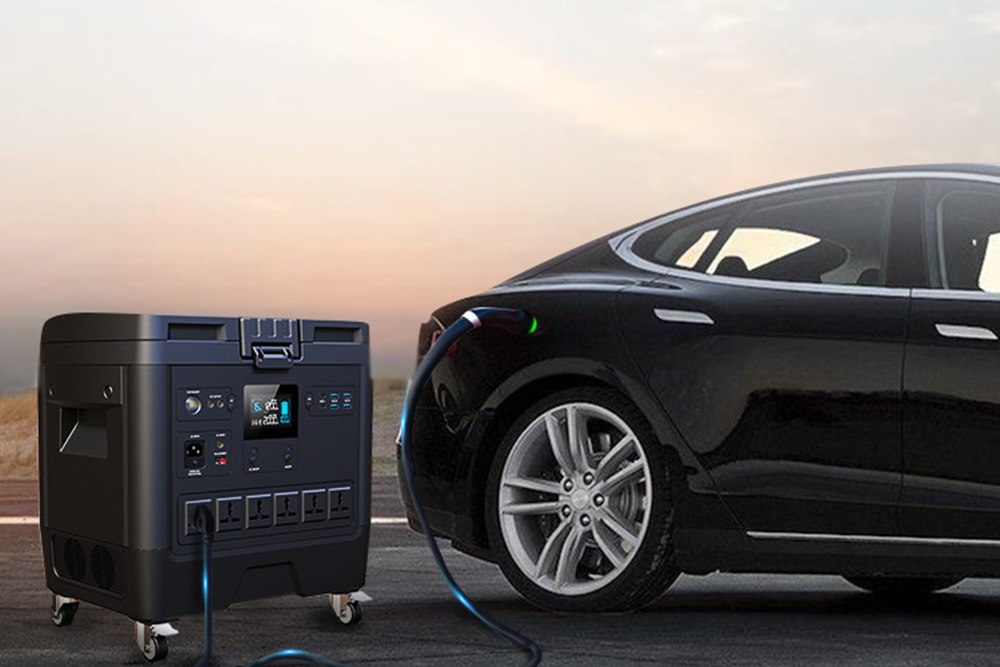Recently, multinational investment bank UBS Group released an industry forecast that the global cost of energy storage is expected to fall by about 1/3 in the next five years, and the rapid development of the energy storage industry will drive the expansion of the renewable energy industry. At the beginning of the 20s of the 21st century, many industry research institutions around the world are optimistic about the future development of the energy storage industry, looking forward to the global energy storage industry ushering in a “golden decade”.
▎ The cost is expected to decline rapidly
Data show that in the past decade, the production cost of lithium batteries has declined rapidly, which has promoted the commercialization of the global electric vehicle industry. According to UBS, the cost of energy storage is expected to fall by 1/3 by 2025, and in the next decade, the cost of energy storage is expected to fall by 66%-80%.
Data from Bloomberg New Energy Finance (BNEF) also shows that the cost per kWh of electric vehicle power batteries in 2019 is about $156, down 85% from the cost of $1,100 per kWh in 2010. BNEF pointed out that according to the current trend, by 2024, with the continuous expansion of production scale and the continuous improvement of battery efficiency, the cost of power batteries is expected to fall below $100 per kWh.
BNEF believes that by 2040, global battery demand is expected to reach 4584 GW, and global battery producers and metal mining companies such as lithium, cobalt and nickel will usher in benefits.
UBS’s forecast points out that the current energy storage industry has reached a “tipping point”, in the next decade, global battery manufacturers will be more active in research on emerging technology systems, and the decline in raw material costs will help reduce the cost of renewable energy power systems. The data shows that between 2025 and 2027, energy storage plus renewable energy generation systems are expected to achieve complete parity.
▎Large-scale energy storage has great potential
CNBC wrote that under the premise of continuous decline in battery costs, the application scope of lithium batteries is gradually expanding, including renewable energy integrated energy storage, flexible peak regulation of power grids and other application scenarios. Logan Goldie-Scot, head of energy storage at BNEF, pointed out: “In the short term, renewable energy + energy storage, especially photovoltaic + energy storage, has become the main driving force for the construction of battery systems, and a new contract structure will be formed between developers and the grid. ”
It is understood that the world’s largest lithium-ion battery is currently installed in South Australia, and the battery energy storage scale reaches 100 megawatts, which can provide electricity for more than 30,000 households during peak electricity consumption. In November 2019, the battery operator Neoen announced that it would further expand the system’s capacity to 150 MW of energy storage.
According to the BNEF report, South Korea is the main “driver” of the development of the global energy storage market in 2019, and by 2040, the United States and China are expected to lead the world in energy storage. At the same time, India, Germany, France, the United Kingdom, Australia and some Latin American countries will become important markets for energy storage. Taking the United States as an example, some insiders predict that by 2025, the scale of energy storage in the United States is expected to reach 6500 megawatts, which is a large-scale expansion from 647 megawatts in 2019.
Data analyst Joe Osha predicts: “In the next decade, with the expansion of energy storage, the global power grid will change more than in the past 100 years, and the energy storage field has brought many investment opportunities to the market under the stimulus of government subsidies and policies.” However, it’s important to note that, as with other highly competitive industries, not all companies will be able to profit from it, and it will ultimately be some industry leaders who will get a significant return on investment. ”
▎Technology is expected to continue to innovate
The Rocky Mountain Institute in the United States has released a study that the large amount of money invested in battery manufacturing and technological progress around the world has brought earth-shaking changes to the global energy storage industry, and this huge shift will be seen around 2030.
The Royal Swedish Academy of Sciences has said: “In the past few decades, the global lithium-ion battery technology has developed very rapidly, and breakthroughs in the field of batteries in the future will further improve human life and ensure that the earth develops in a sustainable way.” “Some data show that up to now, the scale of investment in the research and development of emerging batteries worldwide has reached billions of dollars, and emerging batteries such as solid-state batteries and flow batteries are expected to replace some lithium battery markets.
CNBC believes that so far, the high cost is still one of the main reasons why lithium batteries have not been applied to power grid peak shaving on a large scale. At the same time, the safety performance of lithium batteries is also one of its disadvantages, and it is still unknown which electrochemical energy storage method can finally stand out under the continuous innovation of battery technology.
At the same time, Jeffrey Osborne, an analyst at the US investment institution Cowen, pointed out that in the future development of the power grid, the application of smart technology will be a major emerging wave, with large-scale energy storage and renewable energy generation independent grid operation, the power grid will need new information technology to meet the power needs of users, in the next 10-20 years, will be able to see industry changes.
Post time: Nov-22-2022




